To run the forums, host the website, and travel, I charge a universal service fee for my reviews. This review was sponsored by Magnum. My goal is to be transparent and unbiased, this video and written review are not meant to be an endorsement of Magnum products.
The R2 conversion kit from Magnum is a kit designed to help you turn most any conventional bike into an electric one. This kit has a ton of features and is priced at $1,099. It comes with a powerful high capacity battery, geared rear hub motor, rear rack that holds the battery, wheel rim, cadence sensor for pedal assist, mechanical disc brake levers with motor inhibitors, and throttle. The kit comes in 3 different wheel sizes depending on your desired application. It will change the rim somewhat, you get reinforced eyelets, stronger 13 gage spokes, 36 holes, and a machined sidewall if you need to use a rim brake. This may change the aesthetic of the bike somewhat, (for example, you may have a black painted rim) but can look great if done right. It has a 12mm threaded axle and 98.mm flats which notch into a vertical dropout. This is pretty standard and you want to make sure it is tightened down nice and good since you don’t want it to rock over time. Over all some parts are easy to install while other parts are more complex. The rear wheel for example can be a little crowded to install, where as the cadence sensor isn’t that bad since you don’t have to remove the crank arm. I love the versatility of it all since you can basically set this up as a Class 1, Class 2, or Class 3 ebike. The bike is rated for up to 25mph and has this awesome narrow throttle which doesn’t take up much space on any handle bar. If you wanted to ditch the throttle and lower the top speed for legal restricted trails, it is easy to change. Those mechanical brake levers with motor inhibitors can be discarded as well if you prefer a hydraulic brake setup like the mountain bike in the video. You will loose those motor inhibitors on the brakes, but to be honest, hydraulic brakes might not even need them. That rack I mentioned is pretty handy too. It comes with pannier blockers, bungie notches, a mounting point for a rear light, and a big reflector in the back. It is rated for 25kg… so about 55lbs of weight, so besides just motor and battery, this kit also adds utility.
The conversion kit is driven by a rear planetary geared hub motor from Das-Kit. The motor itself weighs about 10.1lbs and has a rating of 500-700 watts and 90nm of torque. This setup produces a bit of a zipping sound, but it will freewheel efficiently and not give you much drag at all. Overall, it is pretty quiet and reliable, I felt it worked great. As mentioned before, you can use the throttle or operate via pedal assist. The pedal assist is done through the 12 magnet cadence sensor, a little disc with magnets that counts pedal rotation. 12 magnets is at the premium end for cadence based pedal assist, but the sensor is not sealed and I noticed it can get bumped out of place if you are not careful with the conversion or riding.
Powering the conversion kit is a 48v 13ah high capacity battery. This makes for a total of around 620 watt hours and it makes use of Samsung, Panasonic, or LG cells. Looking at the battery it has an aluminum alloy casing, lock and key, and on/off switch. The controller sits in the back of the rack where the battery slides in, so it’s pretty convenient you don’t have to worry about setting and mountain a separate controller. The battery itself weighs about 9.4lbs and I am told replacements will run about $550. Charging the battery is done with this lightweight 2amp travel charger, but I do worry it may take a while to charge that high capacity battery with a smaller 2amp charger. To really care for this and other lithium-ion packs, I have heard that storing in a cool dry location vs. extreme heat or cold will extend the life and try to keep it about 50% full when not using for long periods so you won’t stress the cells. Try not to let it run down to zero, because that’s really hard on the cell chemistry.
The display for the kit is the Das-Kit C6 display. This swivels and is controlled by the button pad included with the kit. Once the battery has been filled and you’re ready for some electric riding, just hold the power button on the little control pad near the left grip. It activates the display and you get several readouts including assist level, current speed, and battery capacity. The display can show different menus if you press the set button, and as mentioned before, you can lower the top speed to 20 mph or make other changes. For those who plan on commuting, it might be worth strapping your helmet over the display to keep people from noticing or scratching it, and also protecting it from the sun, while parked at racks. Anyways, the bike starts in level 1 and if you have that throttle installed, it is a live throttle so do be aware of that. The pedal assist modes cycle, so if you are in the highest mode and press it up a notch, it will scroll back down to the bottom and vice versa. Overall this is a great setup, but it should be noted there are no USB charging ports of any kind on this display or even the battery for that matter.
In the end, the kit offers a lot of benefits and only a few tradeoffs. I love that it is pretty responsive, quiet, and reliable. It is using the best of the old generation tech which I actually think is perfect for a conversion since the newer generation stuff often requires an electric bike specific frame. But let’s go over some of those glaring tradeoffs real quick for those that are interested. One of the more obvious tradeoffs the time, work, research, and effort it would take to make a conversion. Make sure this is a road you want to go down as it often can become challenging given the different applications you may desire. There will be a lot of extra wiring and if not cleaned up well can definitely have a homemade look or feel to it. Also, keep in mind, this will add about 22lbs of additional weight to whatever bike you apply it to. Probably the biggest tradeoff for me was the frame flex I got from the weight of the rear rack/battery swaying slightly. Make sure to level it and tighten it down to reduce that. But at the end of the day, I think this is a great option for a lot of people. It works great for recycling an old bike, updating a bike you are in love with and want to keep, or even for the hobbyist or tinker. To top it off, Magnum has a good warranty, a ton of dealers, and even support for the kit that can help get you on the road. I want to thank Magnum for letting me check out this conversion kit and I look forward to reviewing their other offerings.
As always, I welcome questions and feedback in the comment section below. Whether you own the kit, have taken a test ride, or are brand new to the space, my goal is to provide an objective and honest resource. You can also join the Magnum ebike forums and share your own photos, videos, and review updates to help others! Have fun out there, and ride safe :)
Pros:
- A versatile electric bike conversion kit with a ton of features, priced at $1,099, comes in multiple wheel sizes so you can make most any conventional bike into a rear hub motor ebike
- It comes with a powerful high capacity battery, geared rear hub motor, rear rack that holds the battery, wheel rim, cadence sensor for pedal assist, mechanical disc brake levers with motor inhibitors, and throttle
- The included rim will have reinforced eyelets, stronger 13 gage spokes, 36 holes, and a machined sidewall if you need to use a rim brake
- I love the versatility of it all since you can basically set this up as a Class 1, Class 2, or Class 3 ebike by changing configurations such as top speed or adding/removing the throttle
- Although it comes with mechanical disc brake levers, it still works with hydraulic brakes if you want to swap them out
- The bike is rated for up to 25mph and has this awesome narrow throttle which doesn’t take up much space on any handle bar, great for converting
- The rear rack is pretty handy, it comes with pannier blockers, bungie notches, a mounting point for a rear light, and a big reflector in the back. It is rated for 55lbs and helps add utility to the setup
- The rear hub motor is fun and responsive with 90nm of torque, 500-700 watts, throttle, and cadence based pedal assist via the 12 magnet cadence sensor
- At 48v 13ah, I would consider this a high capacity battery, defiantly great for going further or faster depending on the setup, it would be unlikely you would want more
- Features a competent, easy to read C6 display from Das-Kit, this can be mounted to swivel and comes with a corresponding button pad for controlling the system
- As quite a compliment, I would say this is using the best of old generation technology, a compliment because newer generation systems often requires an electric bike specific frame and are quite complex
- I had fun with it and I think it would be great for recycling an old bike, updating a bike you are in love with and want to keep, or even for the hobbyist or tinker
- Magnum is a well established company in the ebike world that has been around for years, has a good warranty, a ton of dealers, and even support for the kit that can help get you on the road
Cons:
- The rear wheel can be a crowded area depending on your setup, it could be difficult to install, also the cadence sensor near the crank arm could get bumped out of place and it is not sealed
- You can get frame flex from the weight of the rear rack/battery swaying slightly, make sure to level it and tighten it down to reduce that
- The conversion will leave you will external wiring, if not cleaned up right, it could add to the home-made look and feel of the project, make sure to get plenty of zip ties, the wiring on the 2 example bikes in the video looked great
- One of the more obvious tradeoffs the time, work, research, and effort it would take to make a conversion, make sure this is a road you want to go down as it often can become challenging given the different applications you may desire
- Like the wiring, there are other aesthetic compromises to keep in the back of your mind if you are worried about the end result, for example, the rear rack may not be the look you want, or the machined sidewall rims may not match a black rim in the front like the mountain bike example in the video
- Rear mounted means means rear heavy, this is probably easier to setup and use, but a mid-drive kit would give you more evenly distributed weight, keep in mind, this will add about 22lbs to any bicycle you convert
Resources:
- Official Site: https://www.magnumbikes.com/

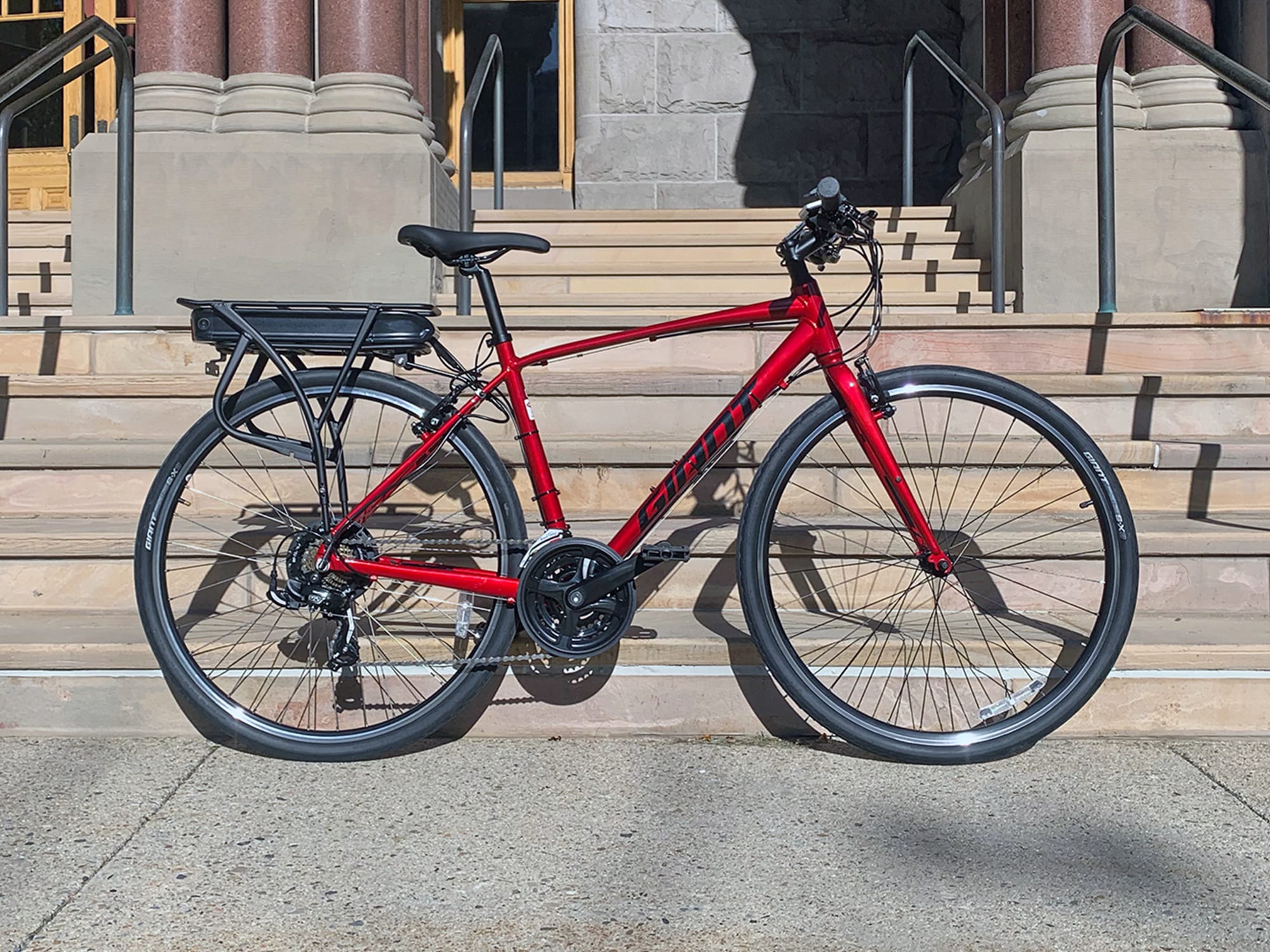



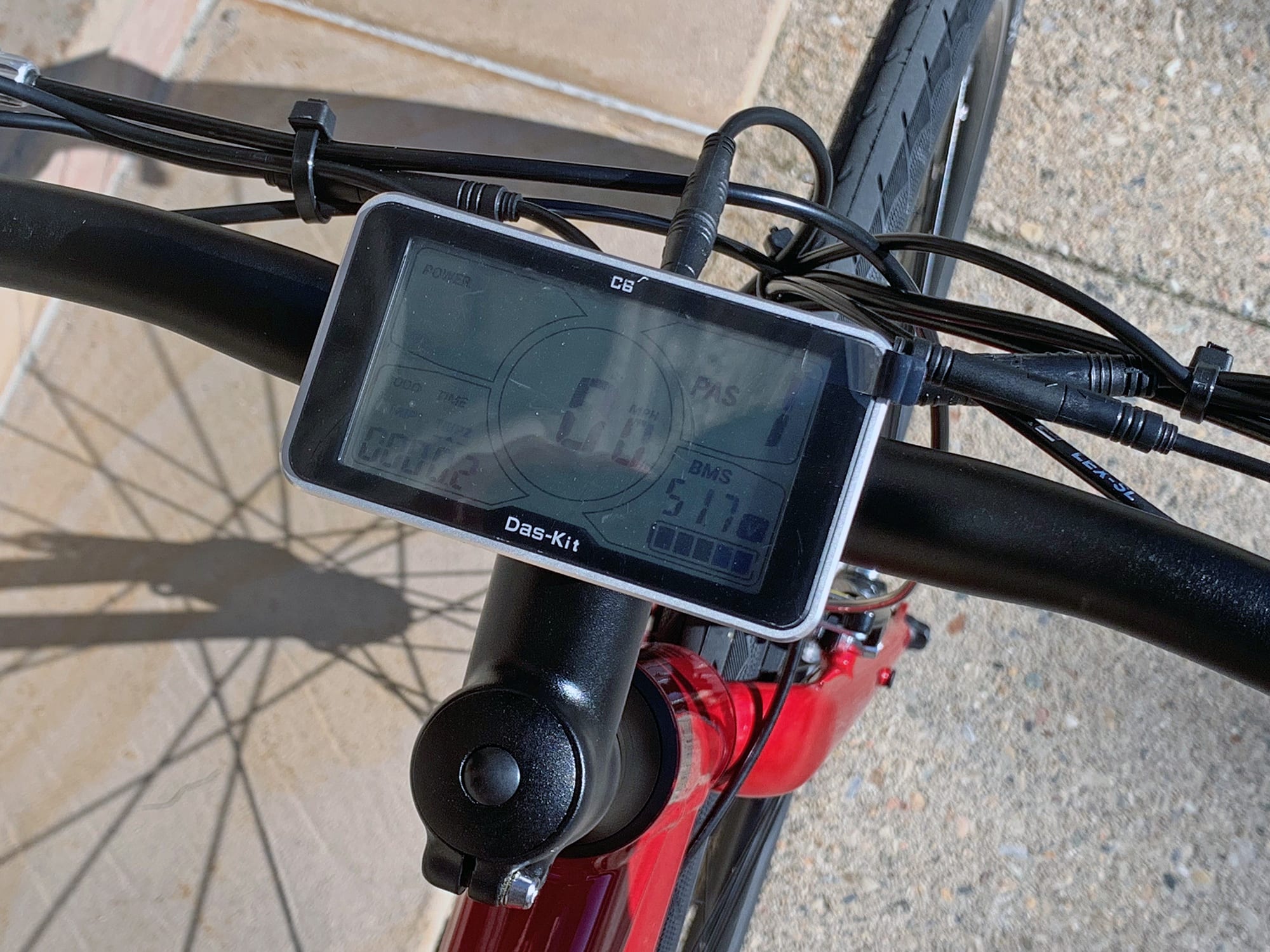
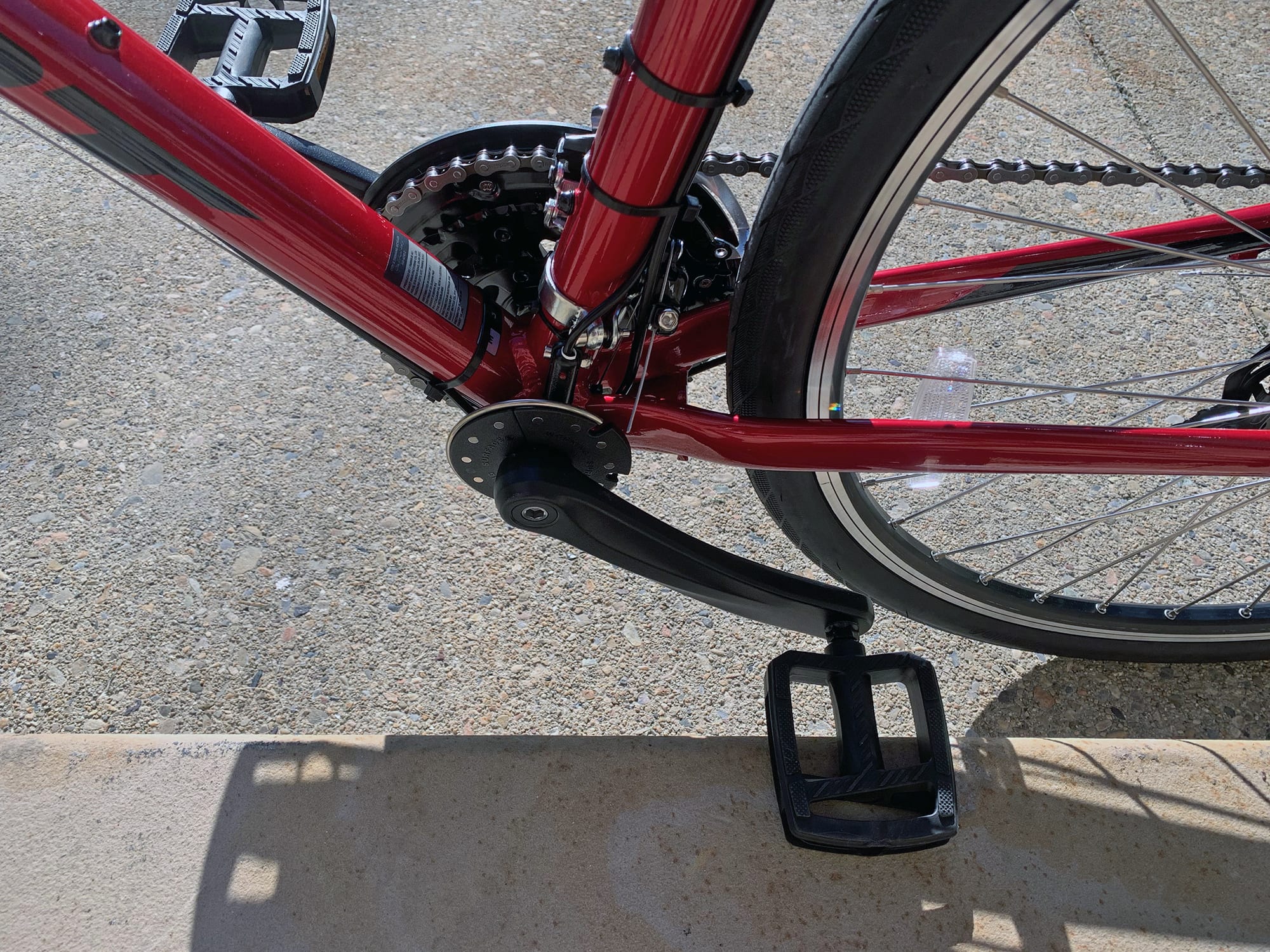
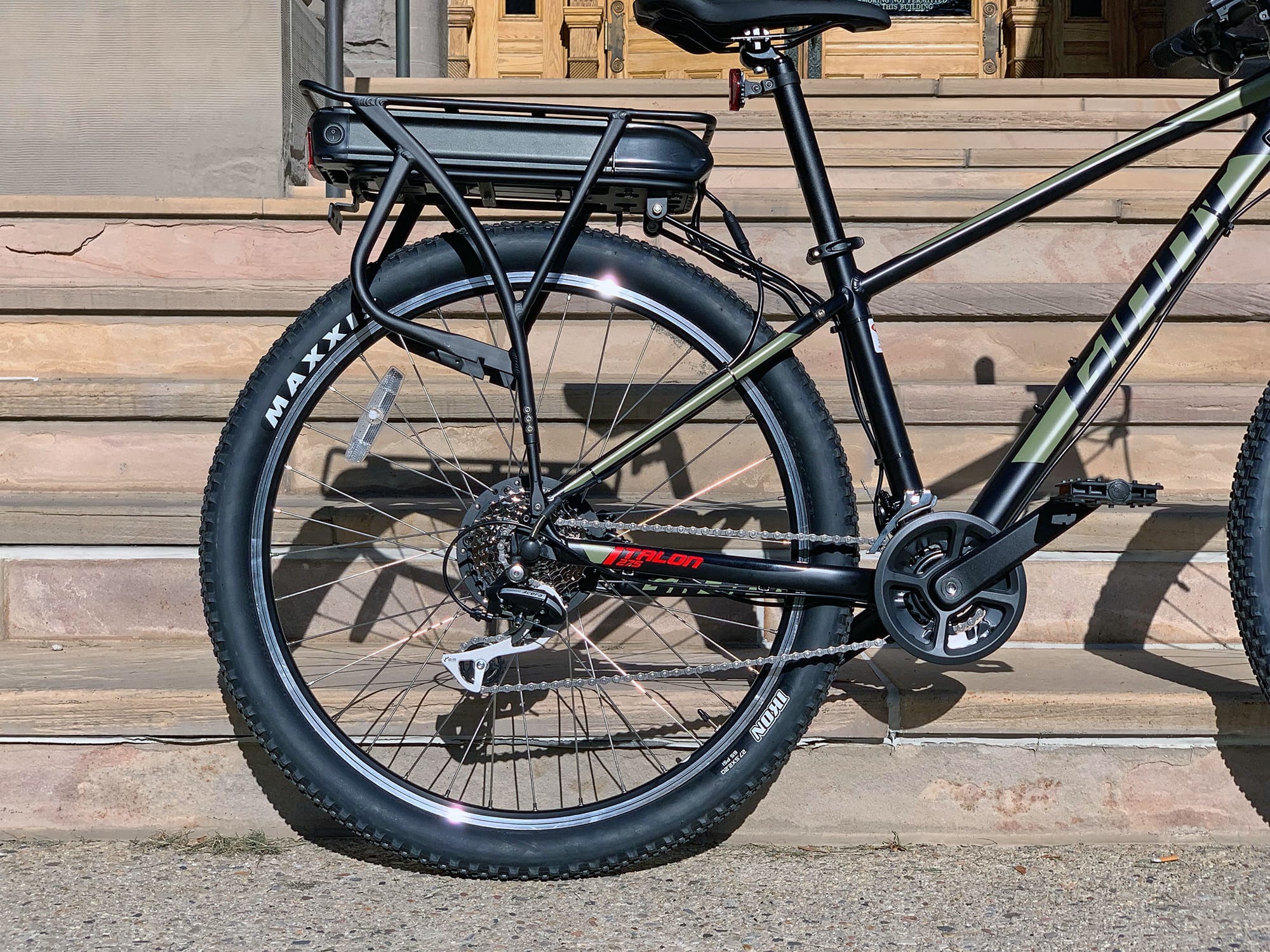
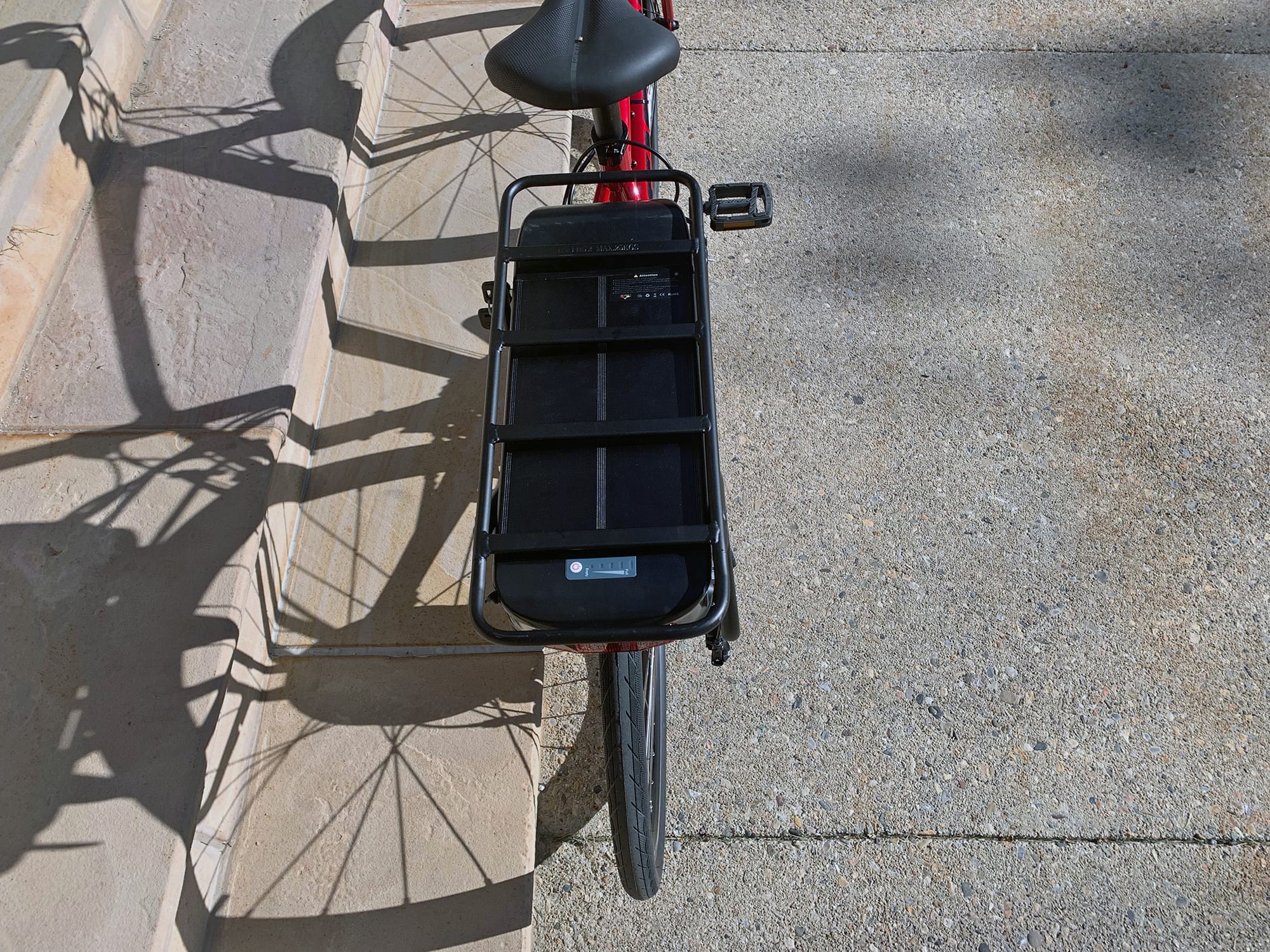
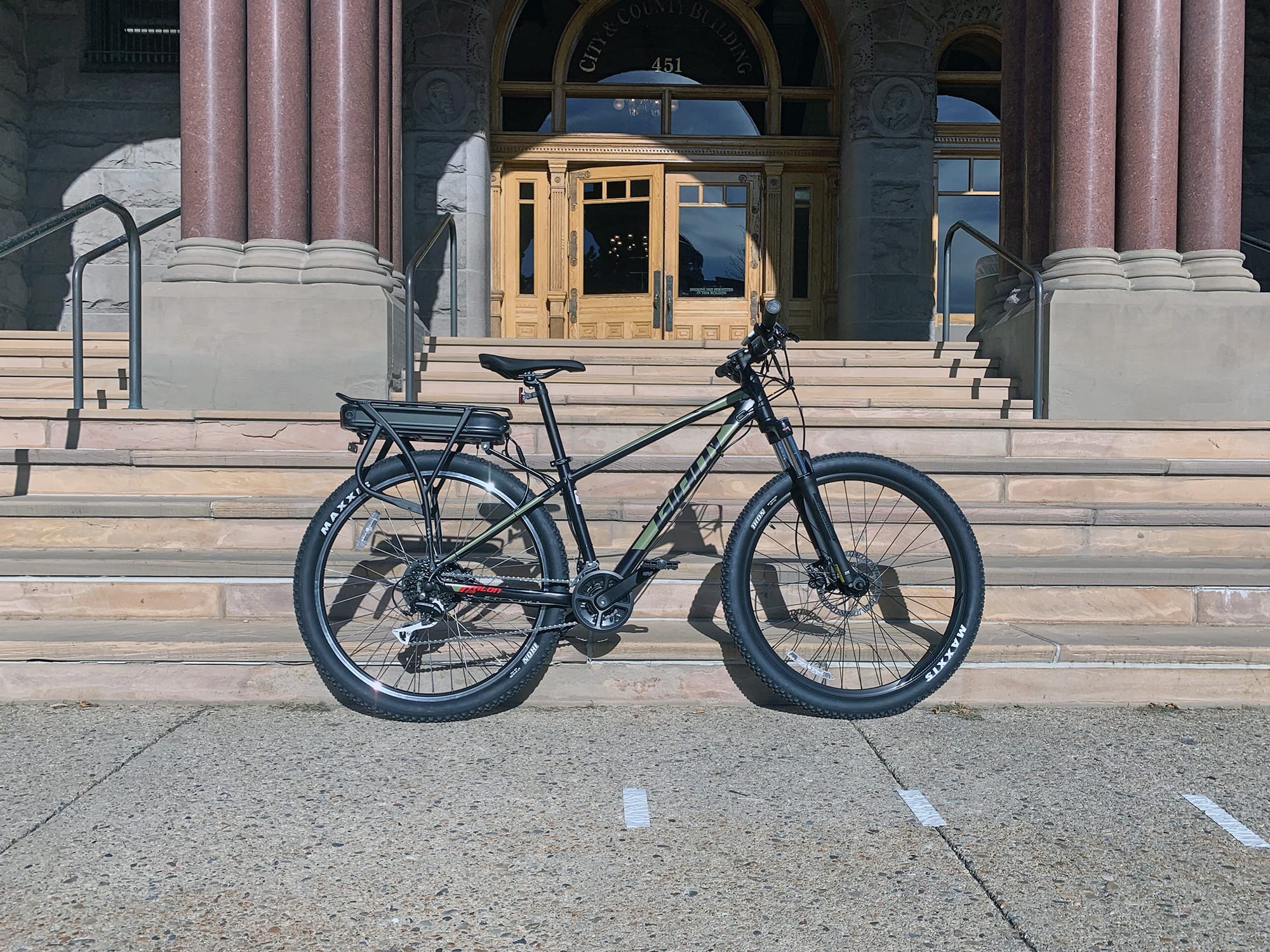
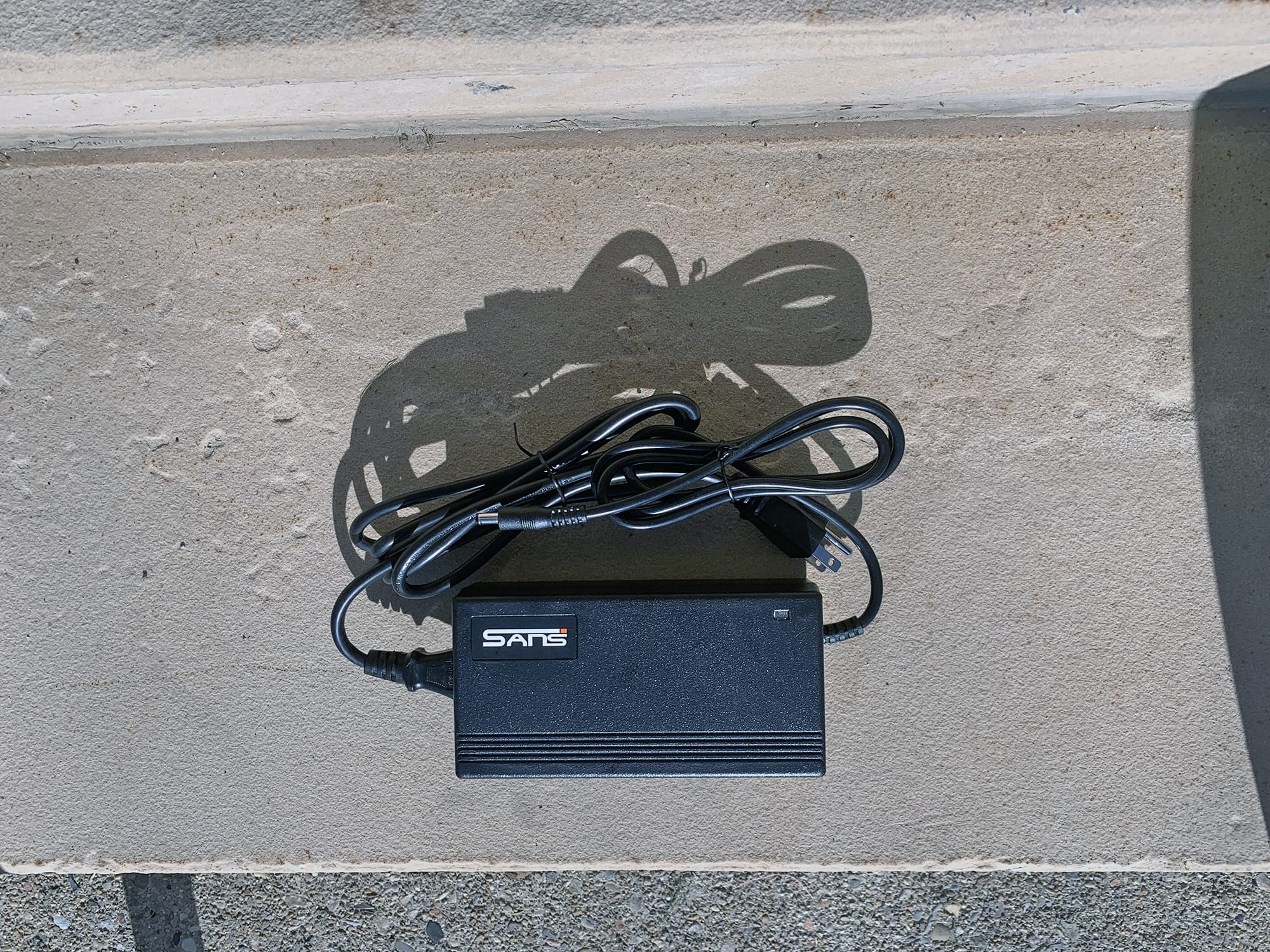

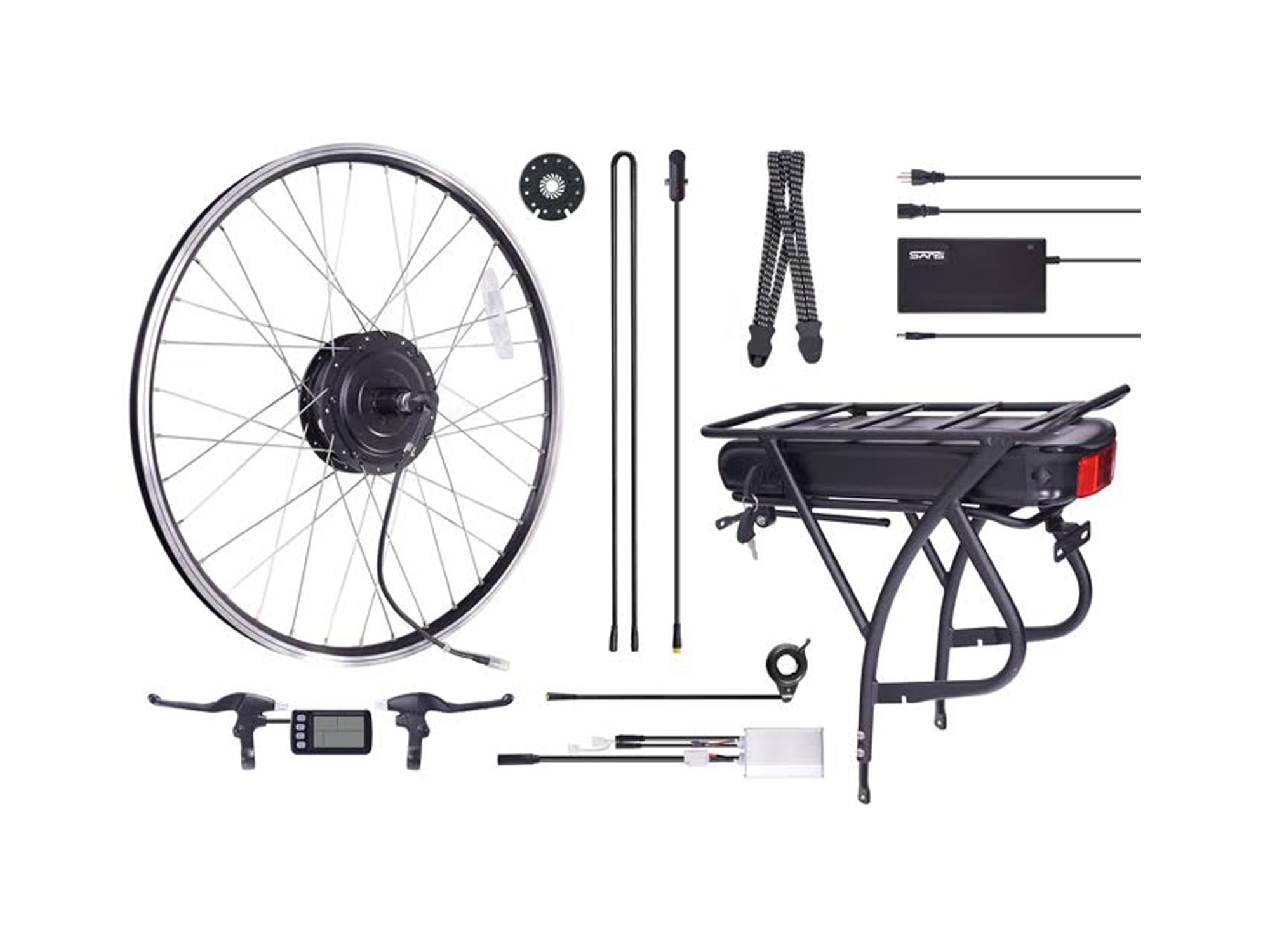

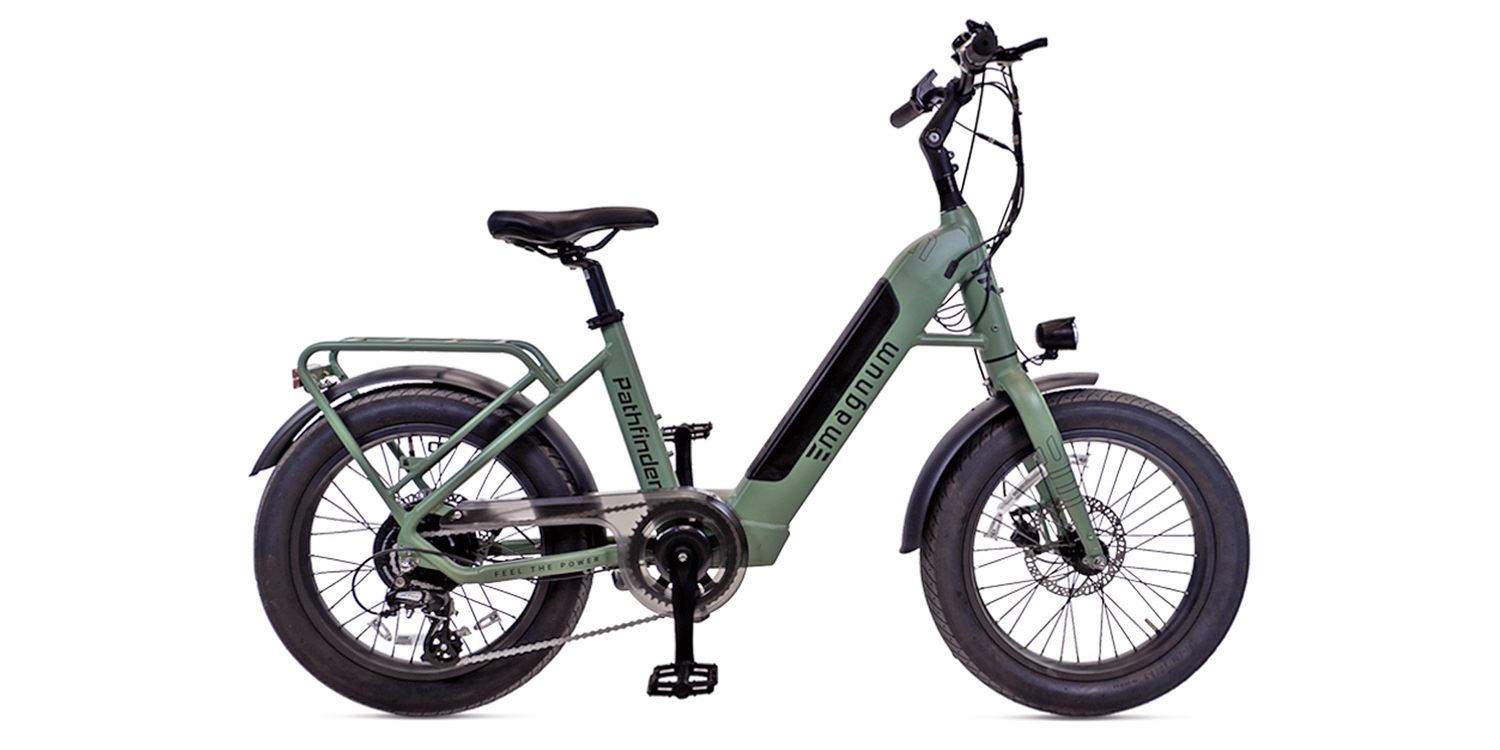
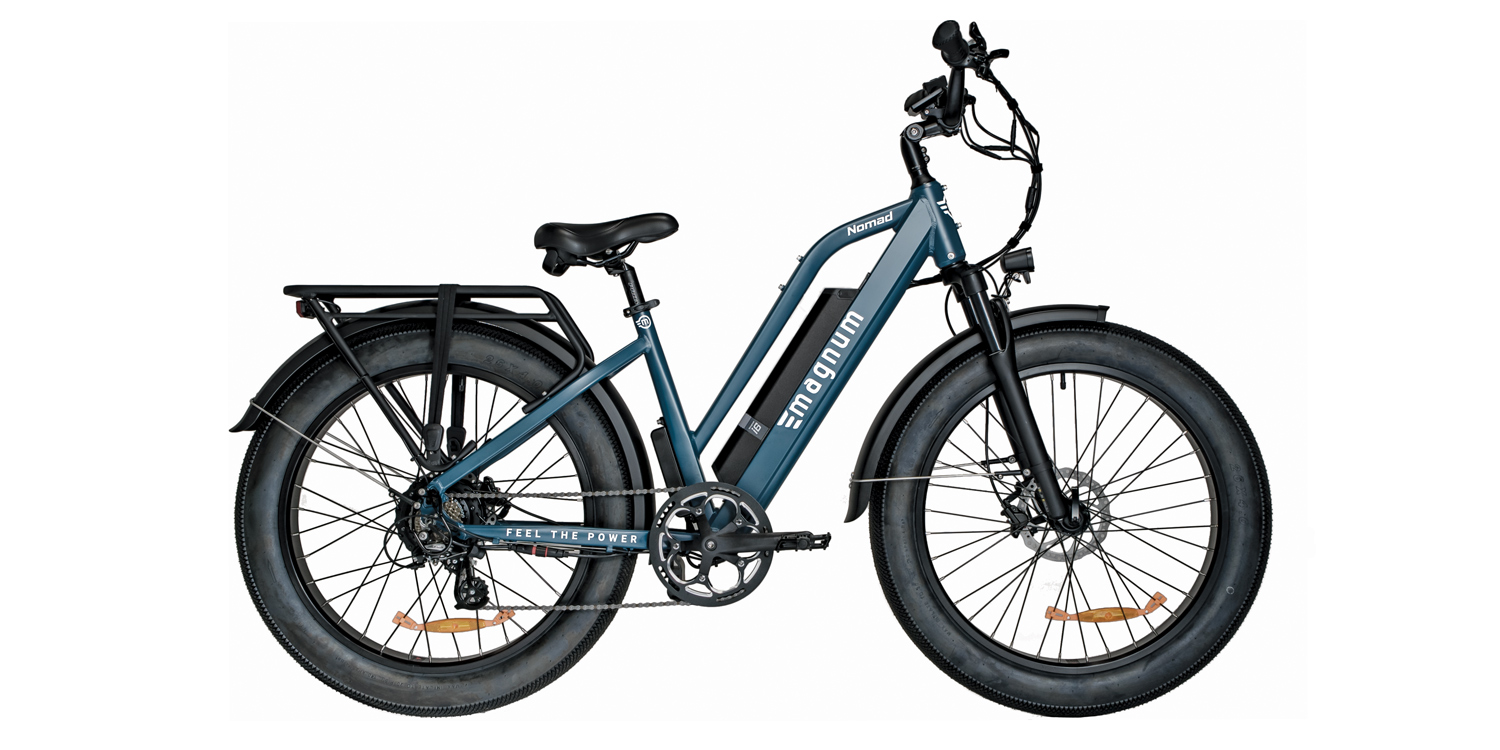
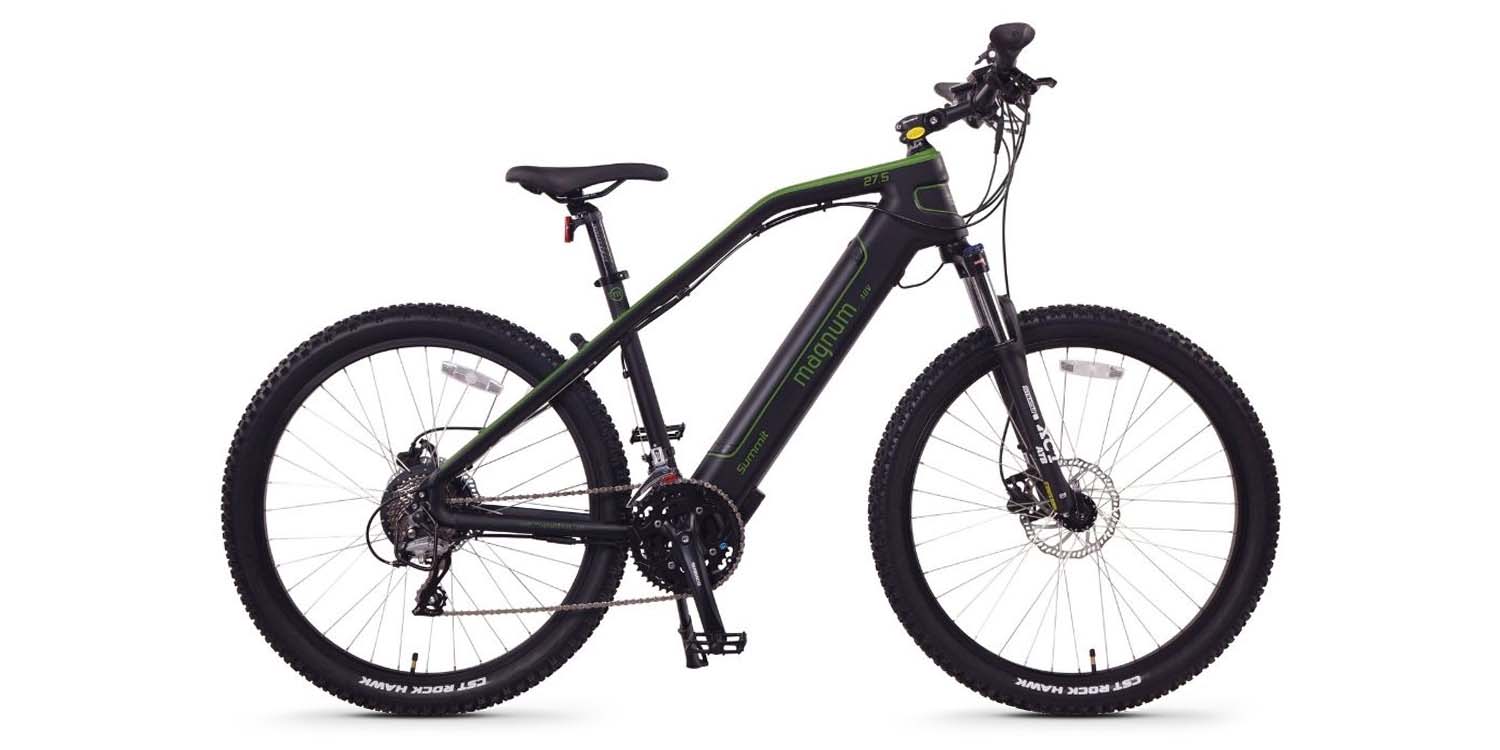
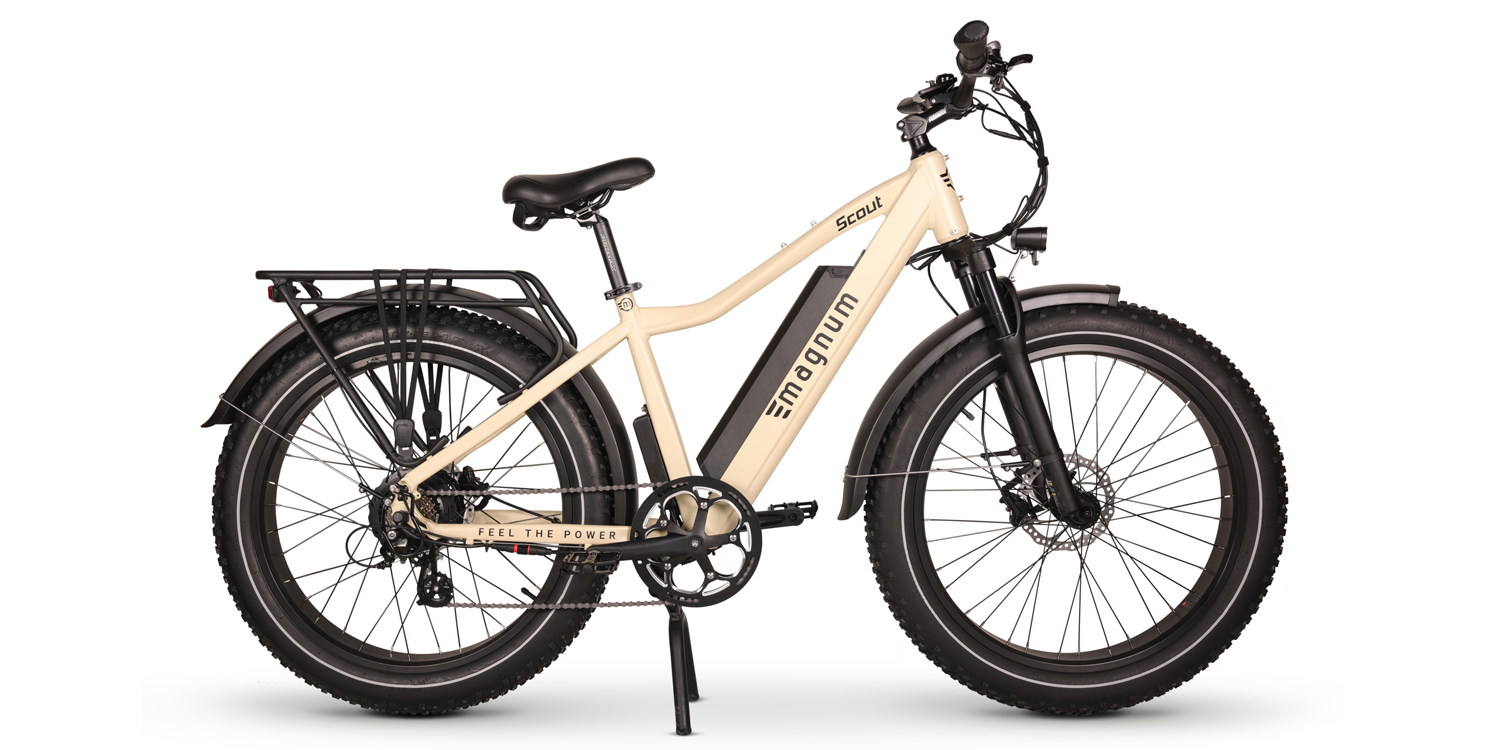
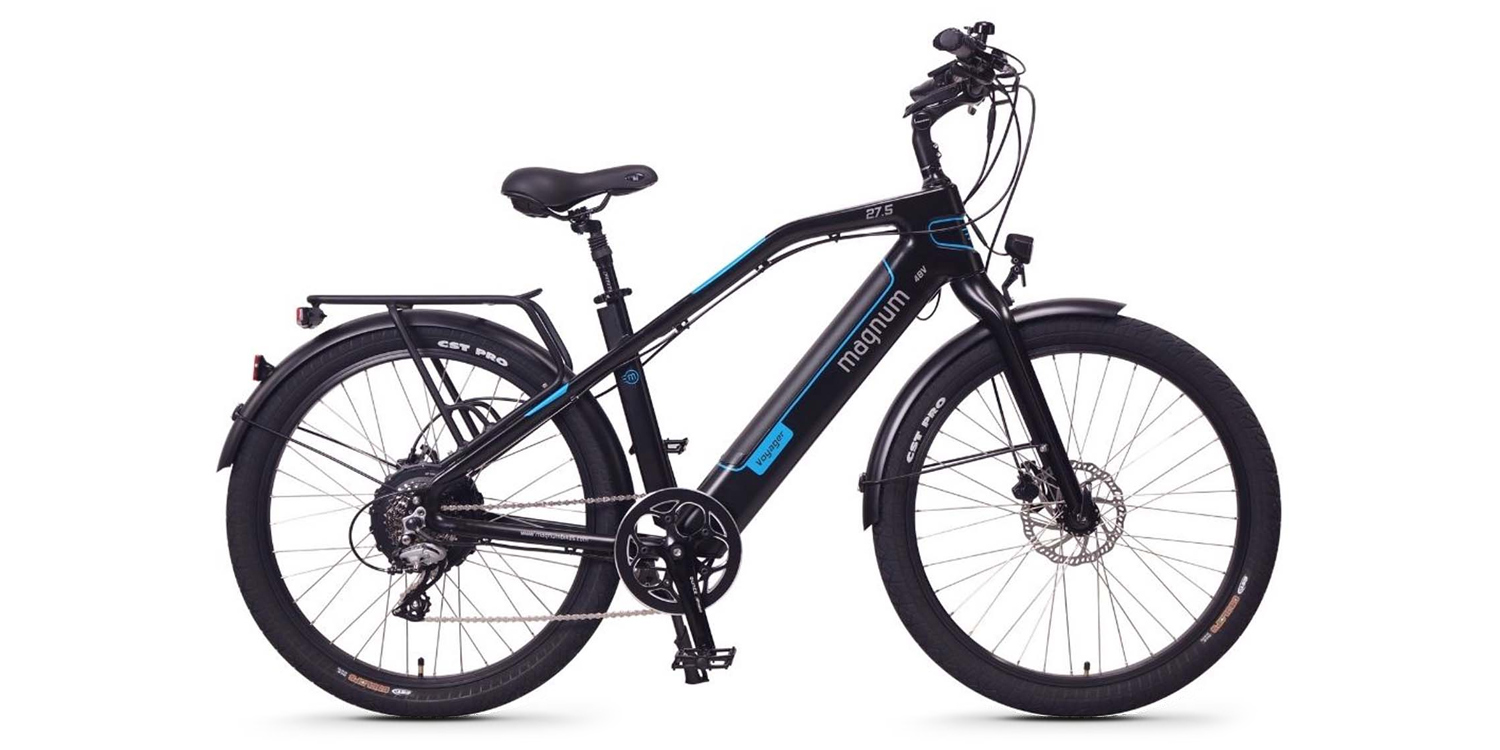
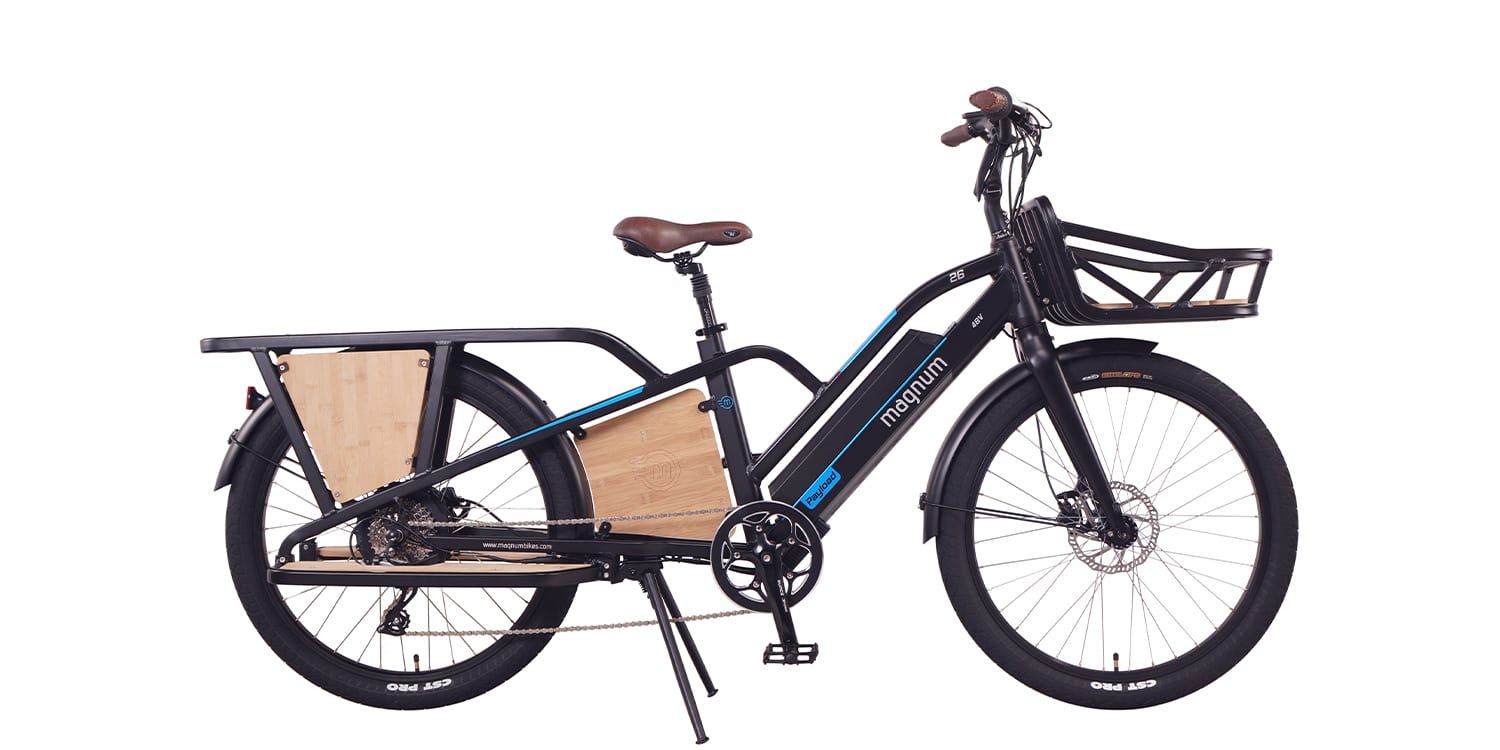
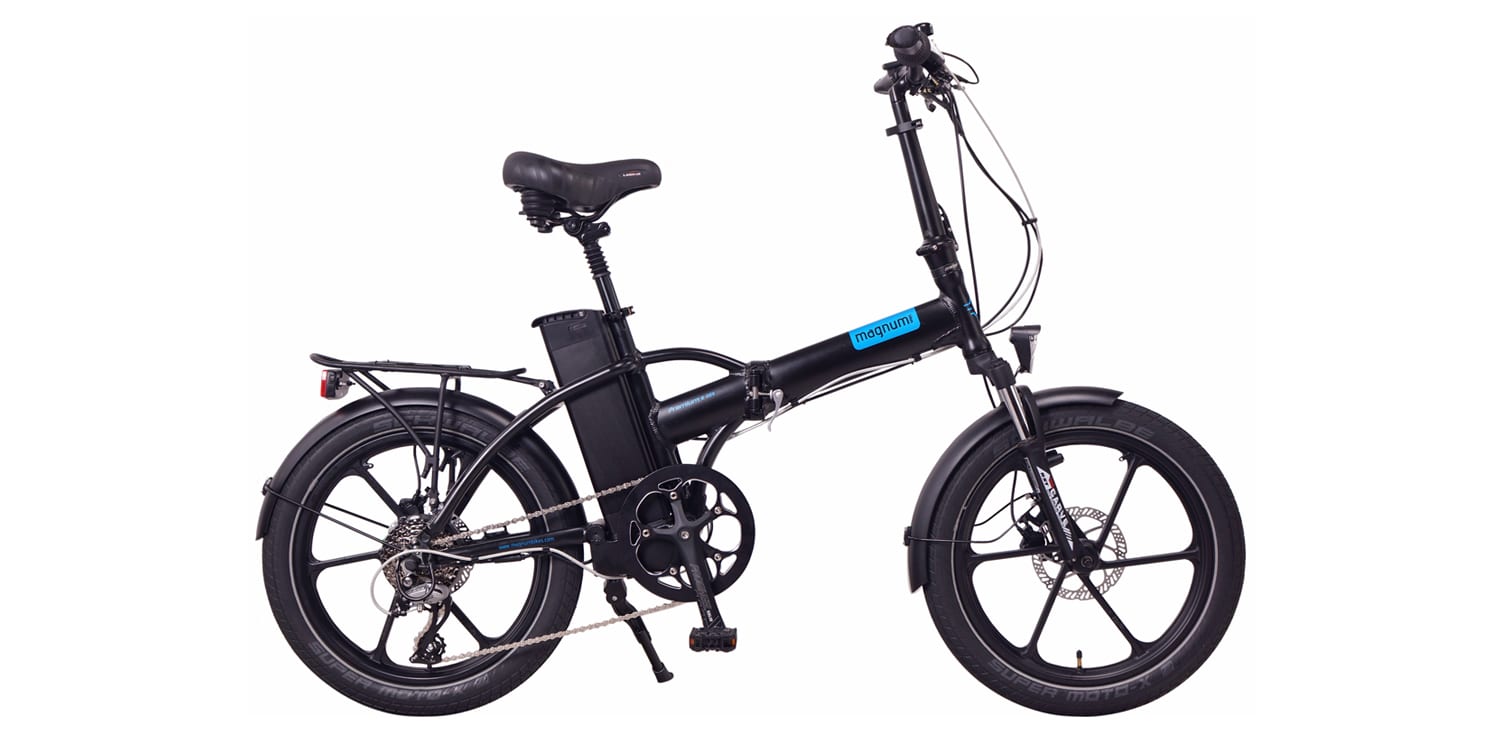
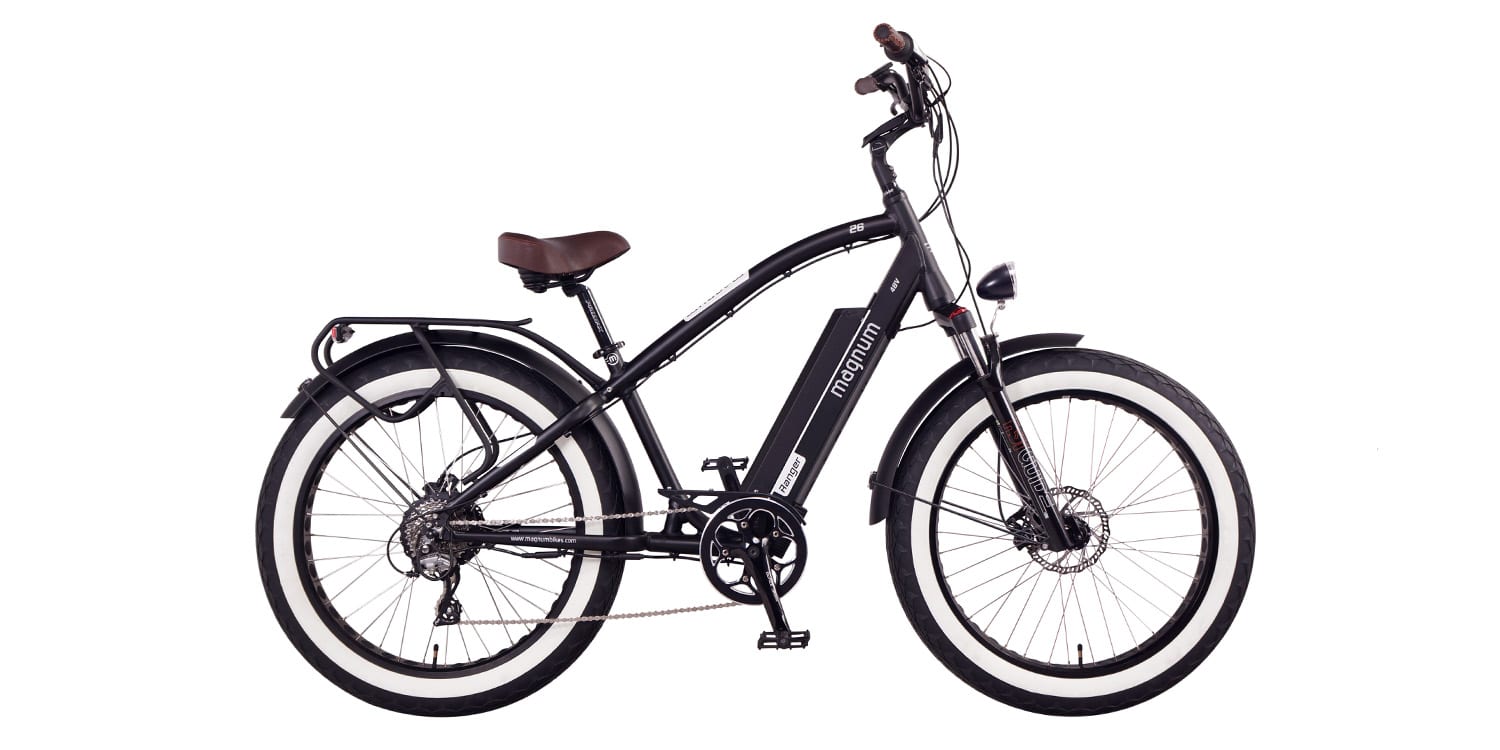
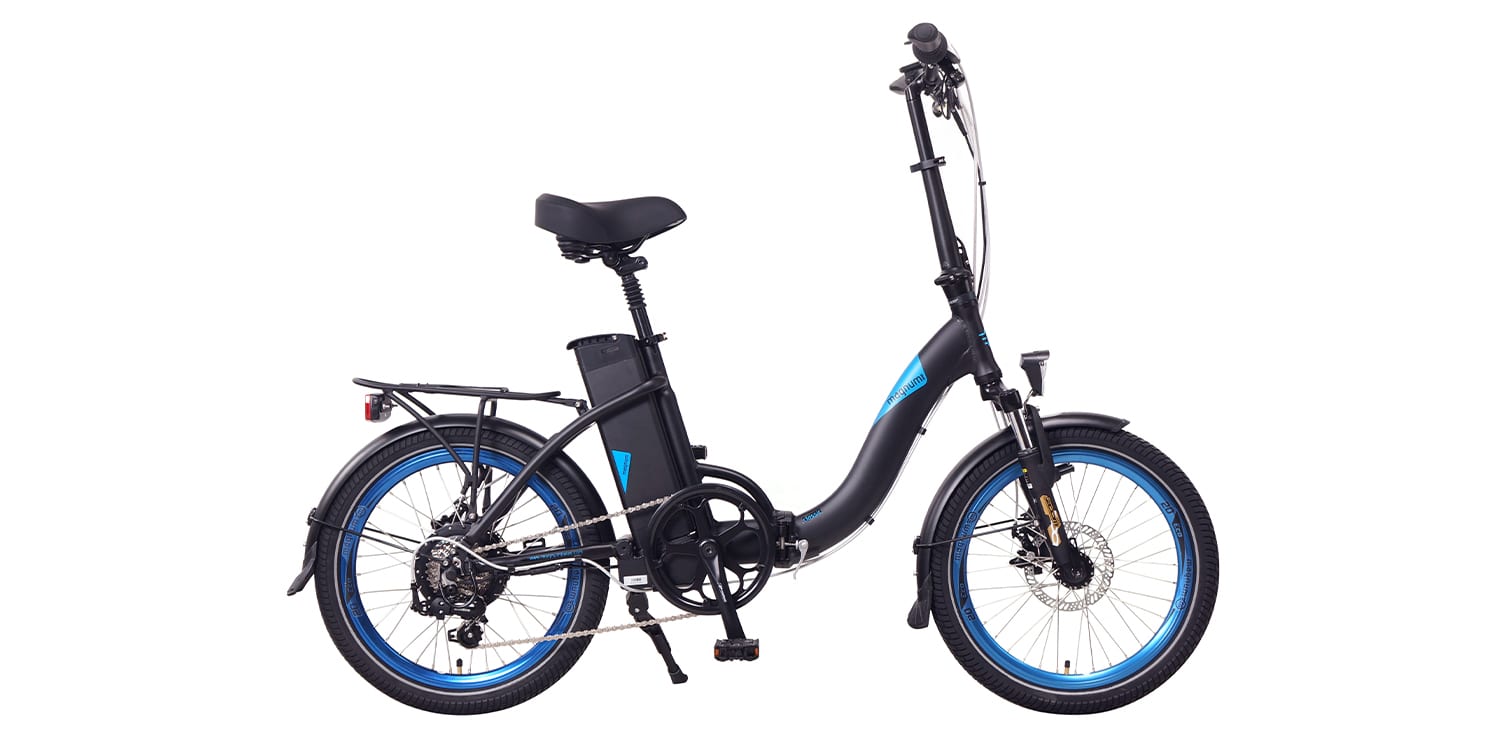
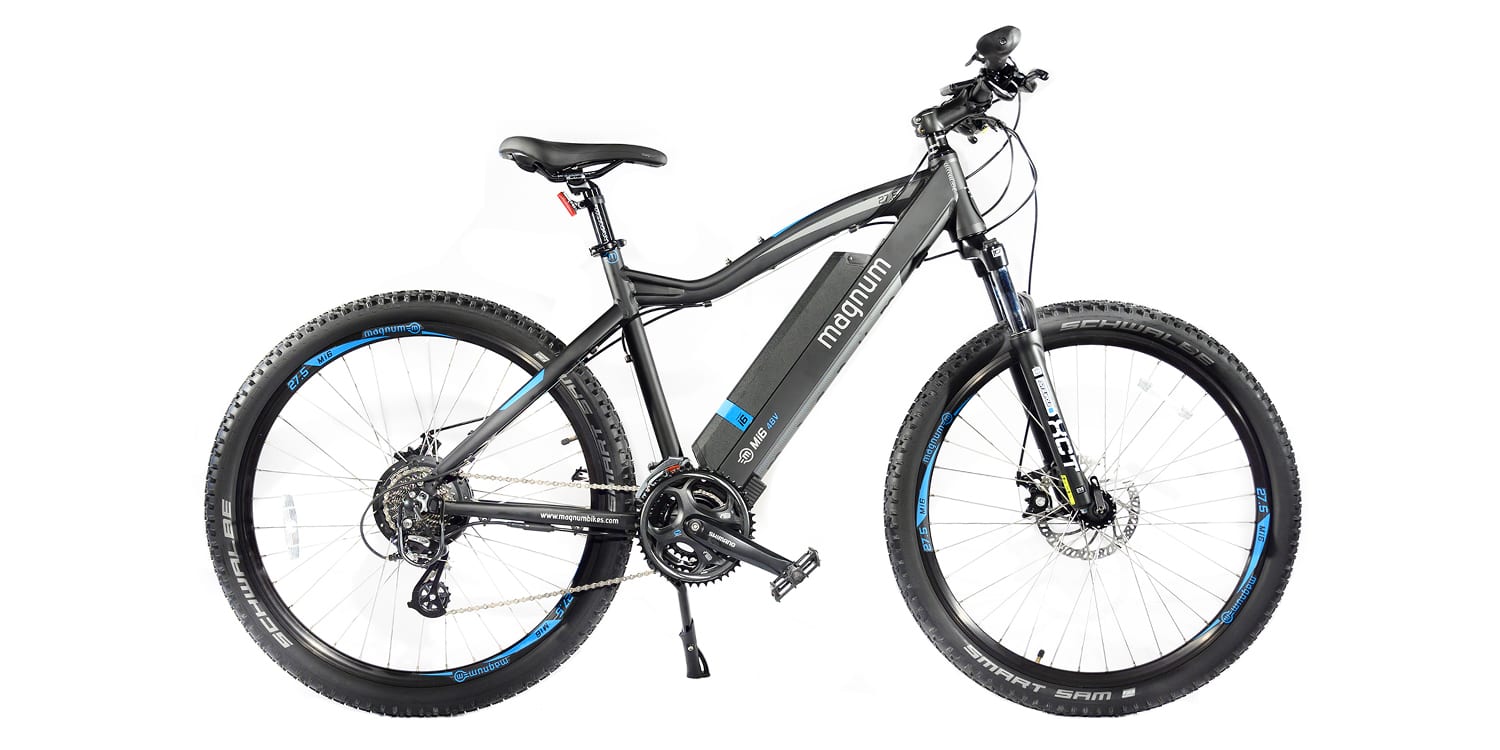
Mike says
Make sure your handle bars on your bike are not long at all. The cables from the brakes, the control pad, and throttle, are all very short. At best this kit works for a flat handle bar, and one that is not very wide. they dont offer extension cables either, and its a very rare connector type, that is not like the common Julet style connector found on Bafang or Tongsheng, EBO, and many other kits. So that means you can’t easily get any replacement parts.
Court says
Oh wow, that’s great feedback Mike! I really appreciate you chiming in because this review was done a bit more quickly and I didn’t install the kit, so I missed out on some of these valuable insights. Great comment! I hope Magnum will introduce connectors or consider going longer to address your point about different handlebar sizes.